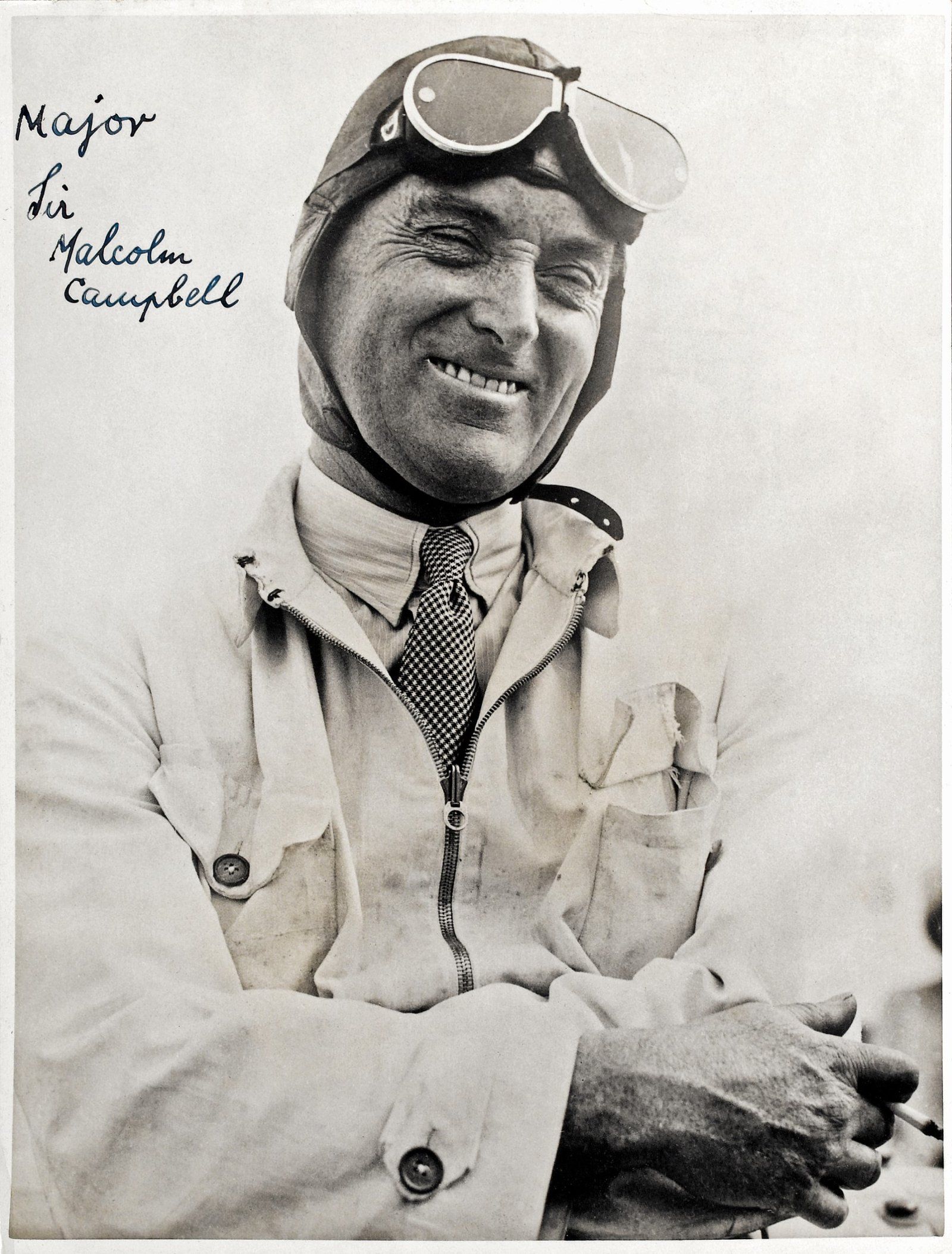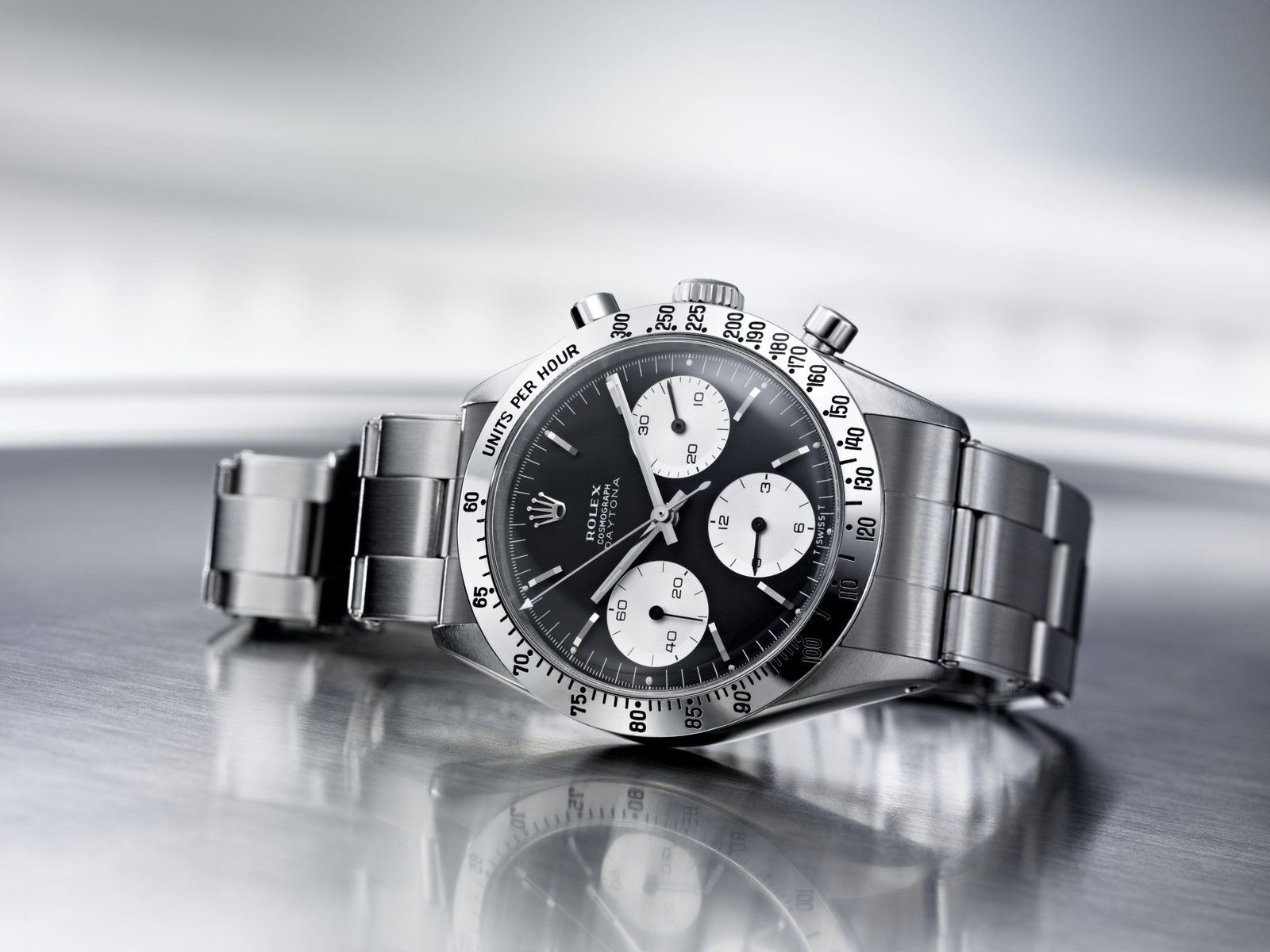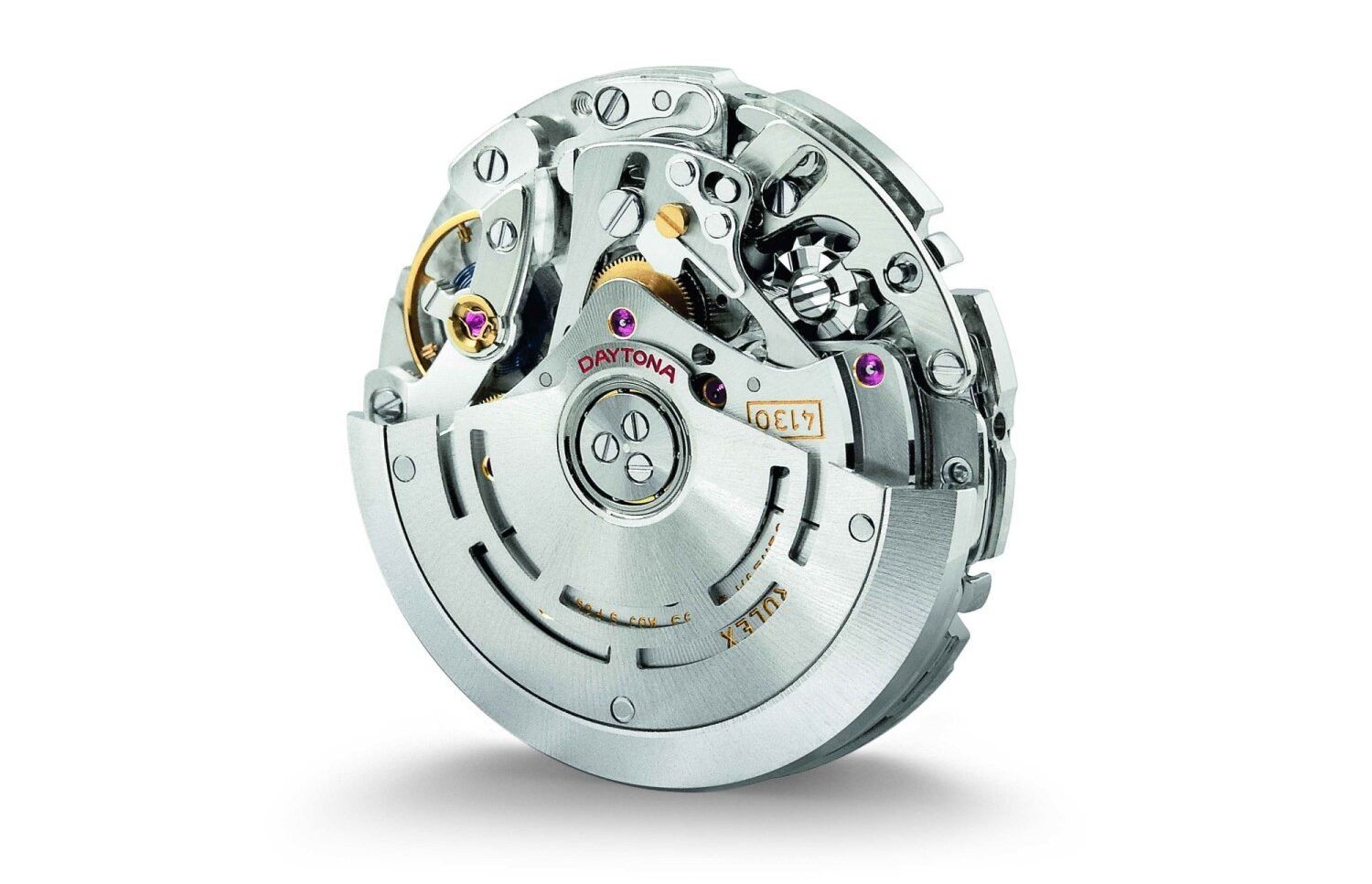Rolex Cosmograph Daytona: Effigy On The Wrist
History has it that Hans Wilsdorf introduced the crown to the world way back in 1905, around the same time when the German and American automobile industries were on the rise. Thus began a parallel that would merge fine automobiles and fine watches and forge new relationships. Rolex is one of the best-known brands that has an inseparable link with the world of car racing. The pinnacle of this association is summed up in the iconic and much sought out crown today - The Daytona. Well, this certainly calls for an exploration of the past to trace the story of a timepiece, the Oyster Perpetual Cosmograph Daytona, that will celebrate 60 years of its successful existence in 2023.
It is indeed a commendable feat of accomplishment for a model to be hailed an icon and to rule the hearts of collectors for almost 60 years. Rolex created the timepiece in 1963 and the proven track record of half a century has beyond doubt made the “Daytona” the most coveted chronograph in the world.
Rolex and Daytona…interwoven destinies
The name of the model comes from the city of Daytona, Florida, also a legend in itself. Motor racing have seen its beach since 1903 and many world land speed records have been broken here. Today, Daytona is considered in the United States to be the “World Center of Automobile Racing”.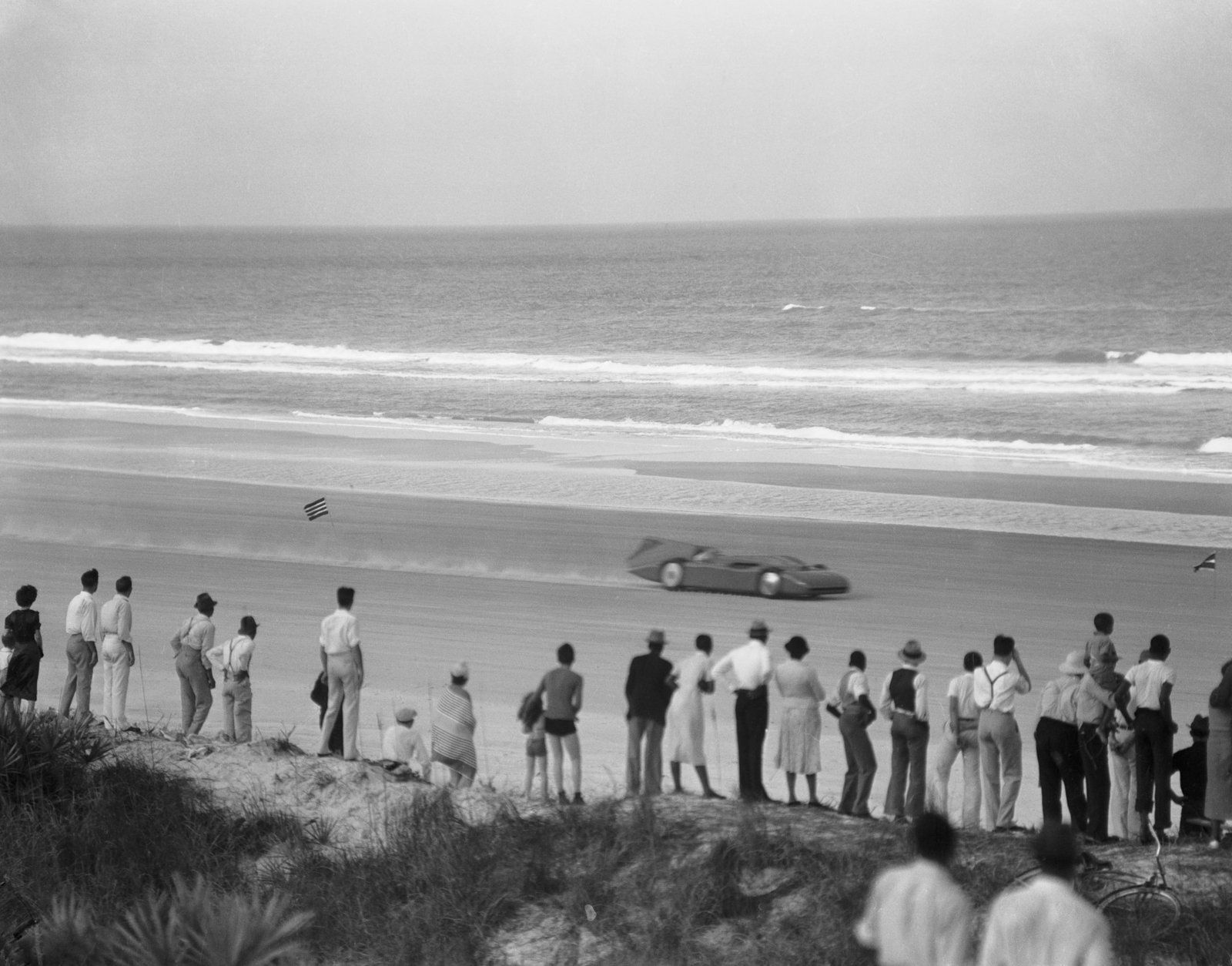
The creation of the Daytona International Speedway in 1959 heralded new high standards for racing tracks. This innovative approach brought about the “Rolex 24 at Daytona”, earlier known as “24 hours of Daytona”, the 24-hour car endurance race, a yearly event. The first edition of this race, under the name of “Daytona Continental”, took place in 1962, a year before the launch of the Rolex Cosmograph Daytona. Thus, the race and the watch were practically contemporaries with their destinies inextricably linked.

Rolex became the Official Timepiece of the Daytona International Speedway. Legendary racing drivers such as Sir Malcolm Campbell, world land speed record breaker, proudly wore a Rolex. From the first editions of the races, the champion driver won a Rolex in addition to the trophy, not sure what he values more today. When the Cosmograph, designed for racing drivers, was introduced, it naturally became the supreme prize awarded to the winner. To emphasize the brand’s connection to the American racetrack, Rolex named the model the Cosmograph Daytona.
In 1992, Rolex became the title sponsor of the 24 Hours of Daytona, making official an association that had already become legendary.
The journey of the timepiece…
In 1933, the brand introduced its first chronographs with counters, which were frequently combined with other display features such as a tachymetric scale for measuring speed, a telemetric scale for tracking distance, or a pulsometer for measuring heart rate. In 1939, the first chronograph with a watertight Oyster case was released. The Cosmograph featured the Oyster casing, which Rolex designed in 1926 and is sturdy and waterproof thanks to the screw-down case back and winding crown, as well as a solid metal band, from the start. The watch has a manually wound mechanical movement that was known for its precision and dependability. The technical challenge of making a self-winding chronograph had yet to be overcome by any company.Fifty nine years is a long time and since 1963 the Cosmograph Daytona has undergone a long maturation process. Each inscription on the dial of a Rolex watch is a guarantee of performance. On this emblematic model, they were added one by one as the watch evolved. Solely “Cosmograph” at the outset, over the years “Oyster”, “Perpetual”, “Cosmograph”, “Daytona” and “Superlative Chronometer Officially Certified” were added, chronicling a legend in watchmaking.
1988: Self-winding Movement And Superlative Chronometer
Even after quartz movements became available in the 1960s and 1970s, Rolex remained committed to the mechanical watch and the Cosmograph Daytona, laying the groundwork for its future evolution. Self-winding was added to the Daytona in 1988. The brand chose a high-quality, commercially accessible chronograph movement, which it then heavily customised to match its own needs, replacing more than half of the components with Rolex Daytona-specific parts.The new calibre 4030 had a Rolex "heart" – an oscillator with a variable inertia balance wheel, Microstella regulating nuts, and a hairspring with a Breguet overcoil – as well as a self-winding module with a Perpetual rotor, which was first introduced by the brand in 1931.
A New Cosmograph Standard
It's difficult to imagine a more symbolic event than the start of a new millennium as a backdrop to the launch of an altogether new interpretation of the Cosmograph Daytona. In the year 2000, Rolex produced a new model that, like the original Cosmograph, embodied the chronograph of the future.Its aesthetics remained purposefully true to the 1988 Cosmograph Daytona's rules, enhancing the original's already iconic and distinctive form, as well as its subtle strong lines and ideal ergonomics. The Rolex chronograph had developed with dramatically new aesthetics in 1963, which improved the legibility of its operations. The changes in the Oyster Perpetual Cosmograph Daytona for the new millennium, on the other hand, are largely contained within the casing.
Oyster Perpetual Cosmograph Daytona
In 2013, Rolex introduced a new prestigious version of the Oyster Perpetual Cosmograph Daytona. For the first time, the legendary timepiece is entirely in 950 platinum, the noblest of precious metals. It is equipped with a chestnut brown monobloc Cerachrom bezel and an ice blue dial.
For the purpose of measuring speed, the Cerachrom ceramic bezel with a tachymetric scale, makes the watch the ideal instrument to measure average speeds of up to 400 miles or kilometers per hour. The numerals and graduations are perfectly legible thanks to the deposition of a thin layer of platinum via a PVD (Physical Vapour Deposition) process.
The 40 mm Oyster case is guaranteed to be waterproof to a depth of 100 meters. One glance is enough to speak volumes about the robustness of the timepiece. The middle case is crafted from a solid block of 950 platinum. The fluted case back is screwed down with a special tool exclusive to Rolex watchmakers. The winding crown, fitted with the patented Triplock triple waterproofness system, screws down securely against the case. A crown guard that forms an integral part of the middle case protects it. The pushers also screw down securely against the case. The crystal is made of virtually scratchproof sapphire. The waterproof Oyster case provides optimal protection for the Cosmograph Daytona’s high-precision movement.
The caliber 4130, a self-winding mechanical chronograph movement with a column wheel entirely developed and manufactured by Rolex beats in the piece. Like all Rolex Perpetual movements, the 4130 is a certified Swiss chronometer, a designation reserved for high-precision watches that have successfully passed the Swiss Official Chronometer Testing Institute (COSC) tests. Its design and quality manufacture provide peerless precision and reliability. The oscillator, the true heart of the watch, has a blue Parachrom hairspring patented and manufactured by Rolex in an exclusive alloy. Insensitive to magnetic fields, the Parachrom hairspring offers great stability when exposed to temperature variations and remains up to 10 times more precise in case of shocks than a traditional hairspring.
The new Cosmograph Daytona is fitted with a solid-link Oyster with an Oysterlock safety clasp that prevents accidental opening. The clasp also features the ingenious Rolex-patented Easylink rapid extension system that allows the wearer to easily increase the bracelet length by approximately 5 mm, for additional comfort in any circumstance.
The Oyster Perpetual Cosmograph Daytona is the supreme and absolute Rolex chronograph. Efficient, precise, legible, robust, reliable, waterproof and self-winding, it is also comfortable, elegant, timeless and highly prestigious. Judging by the success and outstanding reputation that it enjoys, it is, no wonder, considered to be the ultimate chronograph!
And the story continues…
The New Cosmograph Daytona: 2021
Rolex is introducing three limited-edition versions of its Oyster Perpetual Cosmograph Daytona, the ultimate timepiece for individuals who enjoy driving and speed. The dials on all three are constructed of metallic meteorite, a unique natural material from space, with black chronograph counters at 3, 6, and 9 o'clock.The 18-carat white gold version comes with an Oysterflex bracelet and a monobloc Cerachrom bezel in black ceramic with a tachymetric scale. The other two watches, one in 18 ct yellow gold and the other in 18 ct Everose gold, are on an Oyster bracelet and have a metal bezel with a tachymetric scale.
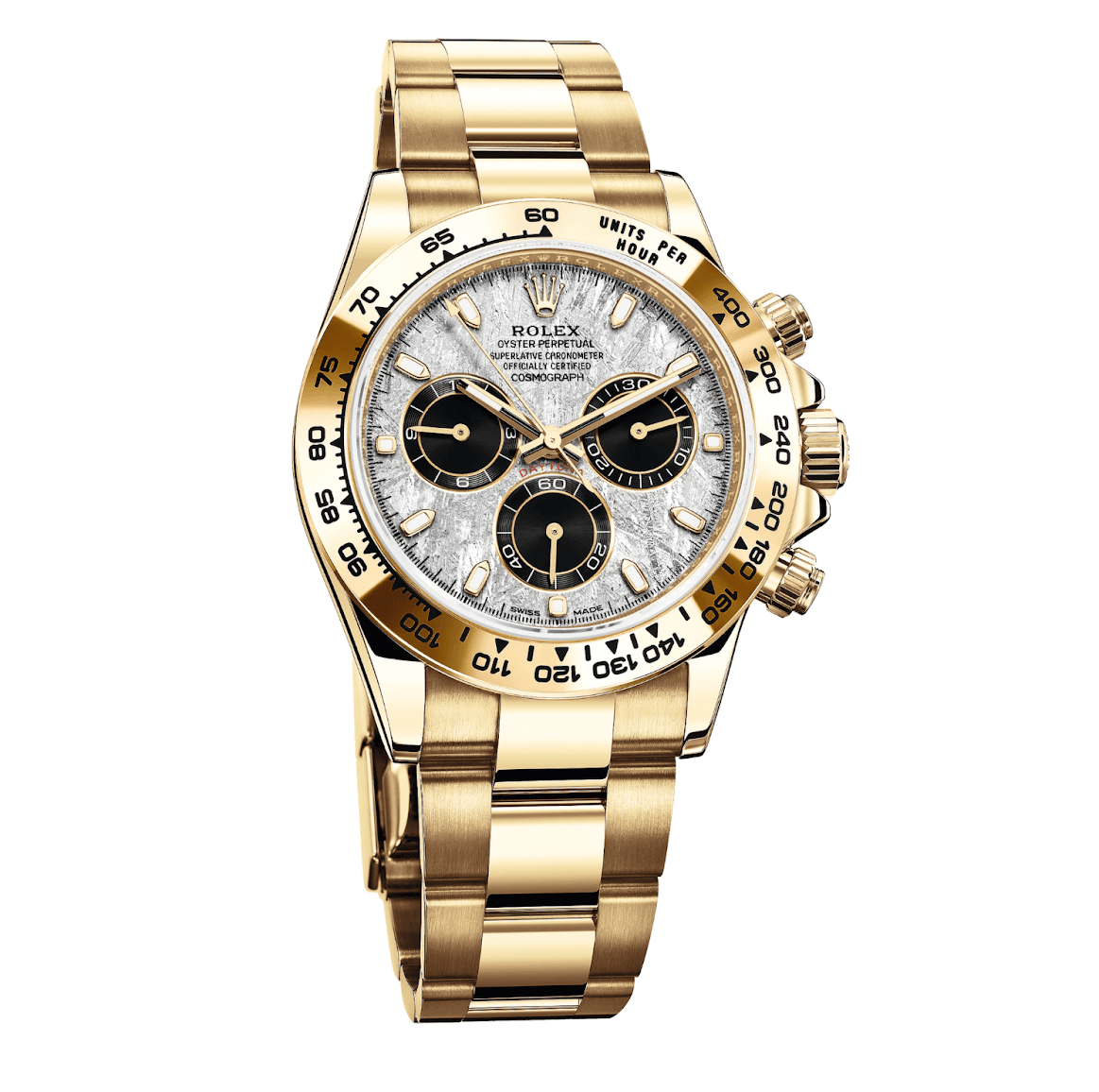
The famous tachymetric scale is moulded into the first watch's Cerachrom bezel and engraved on the metal bezels of the subsequent two variants, making it a standout aesthetic feature of the Cosmograph Daytona from its inception.
The evolution of the brand is nothing less than legendary. Wonder what the crown has in store for us in 2022!
No articles found

